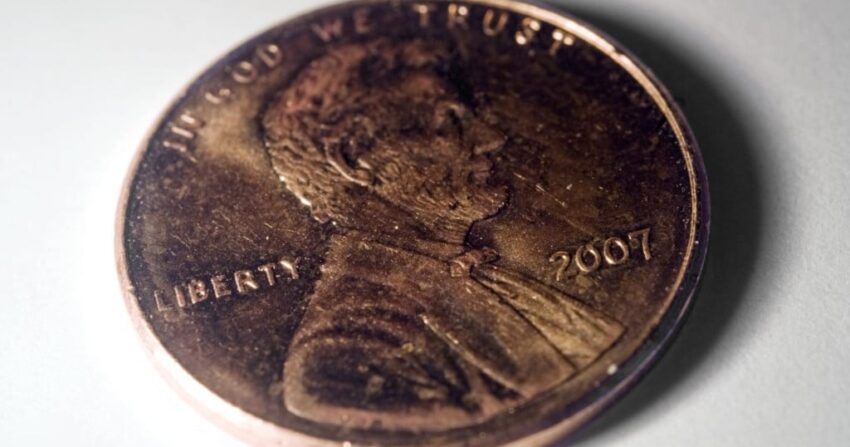The U.S. Treasury Department has announced that it will cease the production of the penny, America’s smallest denomination coin, by early 2026. This decision, marking the end of an era that began over 200 years ago, has sparked a passionate debate about the implications for consumers, businesses and the economy as a whole.
The End of the Penny

The Treasury has placed its final order for penny blanks, signaling that production will conclude once the current stock runs out. The penny, which has long been a staple of American currency, has faced mounting scrutiny due to its rising production costs, a point that the U.S. Mint has confirmed. Each one-cent coin now costs around 3.7 cents to mint and distribute — nearly four times its actual value. Due to the cost, the government has incurred a staggering loss of over $85 million in 2024 alone from the production of approximately 3 billion pennies. The soaring price of zinc, the penny’s primary component, exacerbates the loss and has more than doubled since the year 2000.
Pennies are ‘Wasteful’

President Donald Trump described the process of minting pennies as “wasteful” and directed Treasury Secretary Scott Bessent to take action against their production. “For far too long, the United States has minted pennies which literally cost us more than 2 cents. This is so wasteful!” Trump wrote in a post on Truth Social. “I have instructed my Secretary of the US Treasury to stop producing new pennies.” The recommendation from the U.S. Mint indicates that ceasing penny production could save taxpayers around $56 million annually.
The Repercussions

Supporters of keeping the coin in circulation argue that it plays a vital role in charitable giving and helps maintain stable consumer prices. Various charities rely on the smallest denomination for donations, and many consumers appreciate the convenience of having access to low-value currency for everyday transactions. A spokesperson for a large nonprofit organization stated, “Every penny counts. We rely on them to sustain our outreach programs. Phasing out the penny could impact those who are least able to give.” Although it is clear that the one-cent coin will stop being produced, it will not be completely removed from circulation, as it will remain legal tender. This means that Americans can still use pennies in cash transactions, deposit them in banks, and keep them as they choose.
Adapting

Currently, there are no plans for a nationwide recall of pennies, and financial institutions will continue accepting them. However, as pennies gradually vanish from circulation, an inevitable shift in how prices are displayed and how transactions are processed will occur. Businesses will need to adapt to a new pricing strategy, rounding cash transactions to the nearest nickel. The Treasury notes that while cash transactions will be affected, non-cash transactions — such as those conducted electronically — can continue without alteration. This transition is likely to prompt state and local governments to provide guidelines for businesses on correctly calculating sales tax amid the changes.
The post Penny Ending: What It Means appeared first on Knewz.
Click this link for the original source of this article.
Author: Joshua Wilburn
This content is courtesy of, and owned and copyrighted by, https://knewz.com and its author. This content is made available by use of the public RSS feed offered by the host site and is used for educational purposes only. If you are the author or represent the host site and would like this content removed now and in the future, please contact USSANews.com using the email address in the Contact page found in the website menu.







